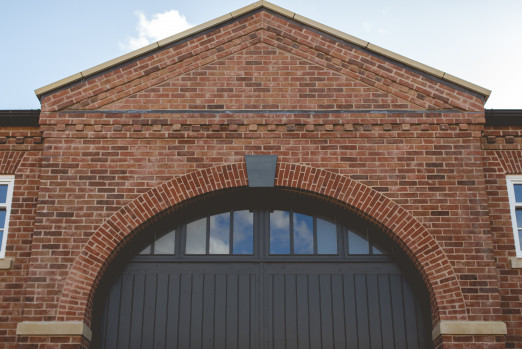The new Hi-Therm lintel from Keystone Group has proved to be a real success for Carlisle based developer, Story Homes.
Story Homes, an award winning Scottish Home Builder, used the Hi-Therm insulated lintel on a new 4-bedroom luxury housing development in Cockermouth, Cumbria.
The British Board of Agreement (BBA) certified lintel has been designed to virtually eliminate thermal bridging in cavity wall installations and deliver a thermal performance that is up to five times more efficient than a conventional steel alternative. It’s exceptionally low thermal conductivity contributes towards a Psi value of 0.05 W/m·K. and helps it generate up to 34% reduction in total non-repeating thermal bridging.
“Having carried out a SAP assessment it was apparent that we needed to look at some aspects of thermal bridging within the property,” says Simon McClelland, Sustainable Homes Adviser with Story Homes. “After analysing the data we chose the Hi-Therm lintel for a number of reasons. The Psi value of 0.05 meant that no additional improvements were needed to be made to the fabric of the building, and there was no need to add the cost of renewable technologies in order to achieve the required energy performance.”
The Hi-Therm lintel uses a unique combination of glass reinforced polymer and galvanised steel to deliver outstanding thermal performance. The Keystone Lintel’s product also offers greater corrosion resistance than its stainless steel counterparts, as well as a load-bearing ability equal to a standard or heavy duty lintel, which can also eliminate the need for a damp proof course.
“The physical similarities between the Hi-Therm and the conventional lintels we have used in the past allowed our construction team to build the property in exactly the same way as they normally would,” adds Simon. “There was no need to design and investigate a new lintel detail and the Hi-Therm has performed perfectly since it was installed. We’ll certainly be looking to use the Hi-Therm on future projects.”
The Hi-Therm lintel can be manufactured to suit different cavity widths and so is ideal for many different types of buildings. It also contributes towards the achievement of the Fabric Energy Efficiency (FEE) standards required by the Code for Sustainable Homes.
“People frequently use large cavities on new buildings in order to meet building regulations,” says Keystone Lintels UK Managing Director, Derrick McFarland. “This adds to the build costs and is unnecessary, as a traditional brick and masonry block construction with a 100mm well insulated cavity and a Keystone Hi-Therm lintel can help meet building regulations by creating up to a 5% saving on a dwelling emission rate (DER) calculation within SAP.”
Designed specifically for the British market, the Keystone Hi-Therm lintel has received full BBA certification having undergone rigorous structural testing to BS EN 845 part 2, and fire performance for the product has been accredited in accordance with BS EN 1363-1 1999.
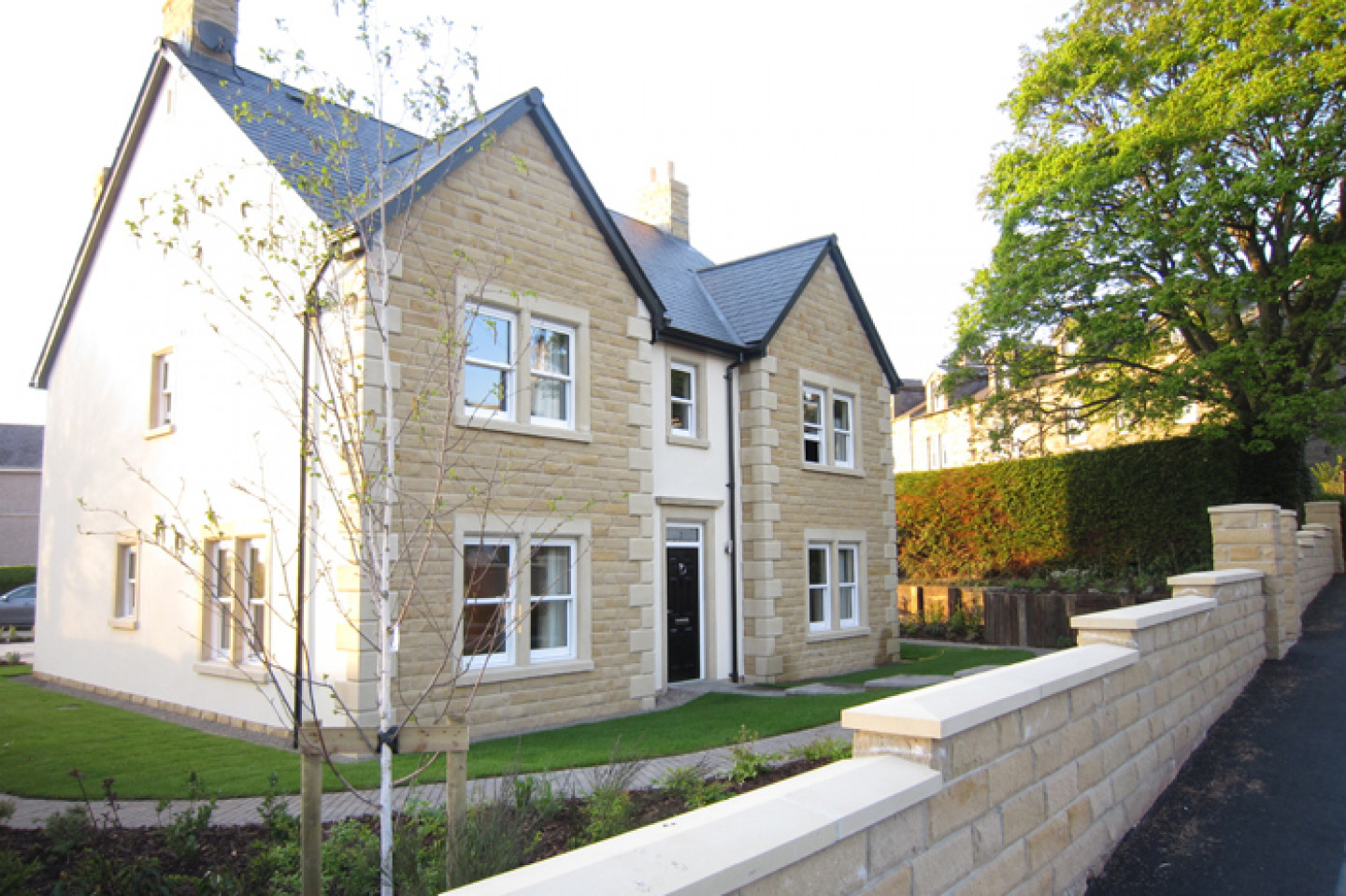
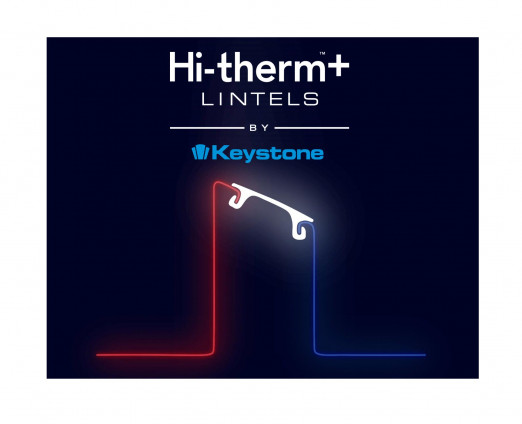



.jpg)
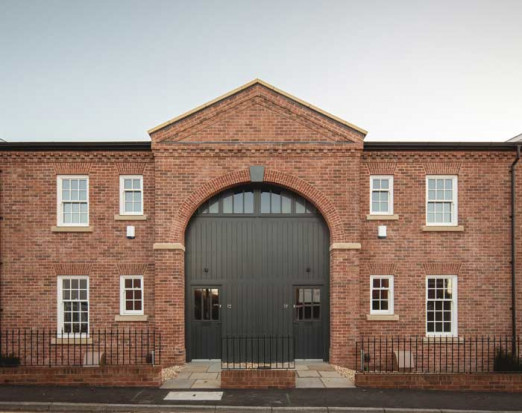

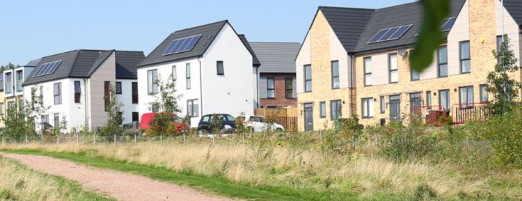
.jpg)
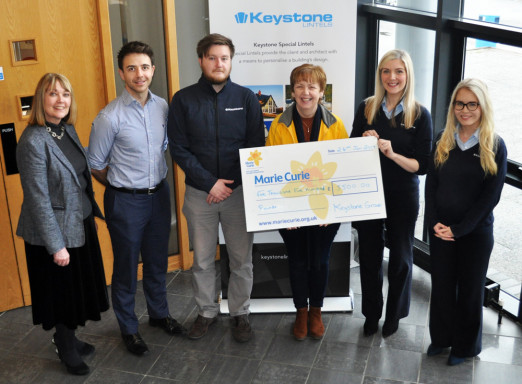

.jpg)
.jpg)
.jpg)

